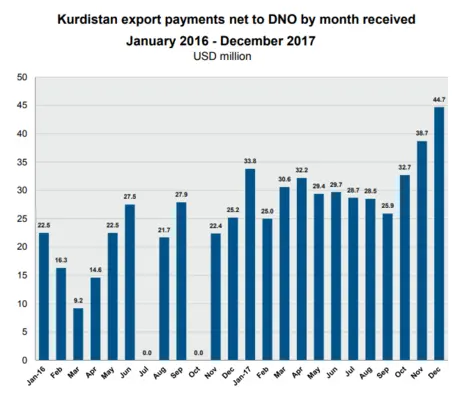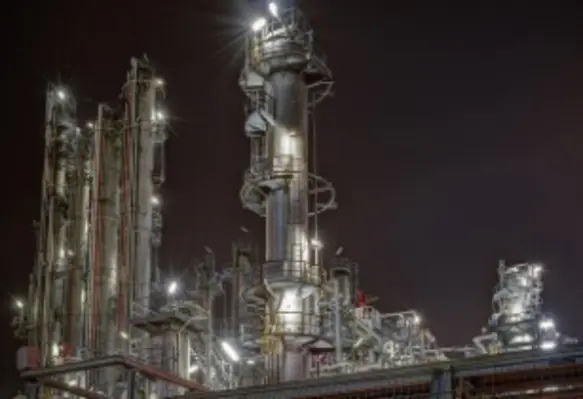DNO ASA, the Norwegian oil and gas operator, has announced a 50 per cent hike in 2018 spending in Iraq’s Kurdistan region to US$250mn net to the company on the back of higher revenues and regular export payments
The annual 2017 revenues stood at US$347mn, up 72 per cent from 2016, bolstered by fourth quarter revenues of US$116mn, the highest quarterly level in more than three years.
The company fast tracked the development of the Peshkabir field with two wells currently producing a total of 16,000 bopd and commingled for export with another 97,000 bopd from the other DNO-operated field, Tawke, on the same license.
“We made the Peshkabir Cretaceous discovery early in 2017, initiated early production in June, tripled output by year's end and already have exported two million barrels with an estimated value of US$100mn, more than twice the investment to date,” said Bijan Mossavar-Rahmani, executive chairman of DNO.
“And we have only started to appraise and develop this field which continues to surprise to the upside,” he added.
A total of six Peshkabir wells will be drilled this year with field production expected to reach 30,000 bopd by summer and continue to ramp up in the second half of the year.
At the Tawke field, plans are being finalised with partner Genel Energy plc to drill four wells in 2018, in addition to the currently drilling Tawke-48 well slated for completion by end-February.
Elsewhere in Kurdistan, DNO has re-entered and sidetracked the Hawler-1 well to appraise the Benenan heavy oil field in the Erbil license, achieving a technical milestone with the first ever multilateral well and the first ever dual completion in Kurdistan. Testing will commence shortly, and if successful, will be followed by additional wells.
The company received 12 monthly Kurdistan export payments during 2017 totalling US$380mn net to DNO. The landmark August 2017 receivables settlement agreement, which increased DNO's stake in the Tawke and Peshkabir fields from 55 per cent to 75 per cent with three per cent of gross license revenues over five years, contributed to higher export payments.










